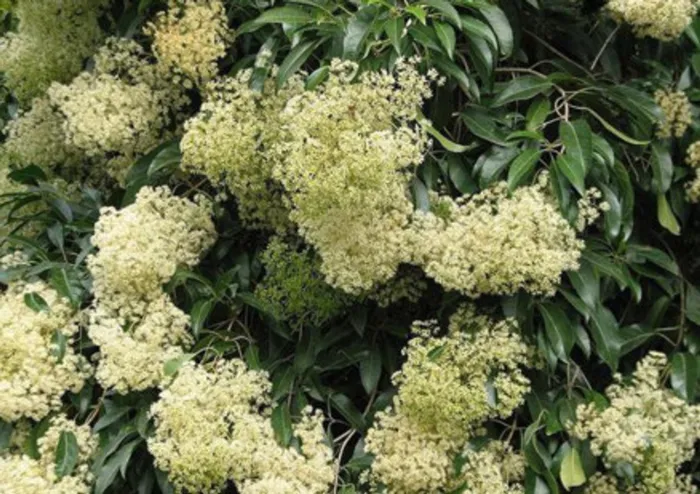Pruning time is here

Forest elder (Nuxia floribunda) flowers prolifically. Forest elder (Nuxia floribunda) flowers prolifically.
Gardening is all about bending and stretching and is a very effective work out. –Val Bourne
Cape Town - As autumn hits, we gardeners need to roll up our sleeves and get cracking, for there is much to be tackled. Foremost there is the pruning of summer-flowering shrubs and those that look ragged and unruly, as well as the clearing away of spent annuals. These are valuable additions to compost heaps.
Don’t forget to build the heaps in layers, including grass cuttings, a little soil and water, fallen leaves and, of course, some sort of activator such as manure and leaves of yarrow and Russian comfrey. Branches and twigs should be cut up small so that they will decompose all the quicker.
My husband, the Grim Reaper, has already had a field day lopping off the heads of a forest elder (Nuxia floribunda) and a weeping bottlebrush. Though I mourned the loss of their luxuriant growth, I have to admit that our harbour views have thus been much improved. In gardening, one has to sacrifice a certain amount to the whims of one’s partner.
Other tasks include choosing seeds and bulbs for autumn sowing and planting and preparing beds before the rains really set in.
I also like to take stock of my successes and failures in the summer garden. The failures one can remember to avoid the following year, unless one is strong-minded and determined to try again, perhaps by planting in a different situation. The successes will act as a useful standby in future. Mine include two salvias – S leucanthus “midnight”, a shrubby, free-flowering beauty and the deep blue annual, “misty spires” – a compact galliardia called “Arizona sun”, a deep rose-coloured gaura or wind flower, clumps of mauve tulbaghia (wild garlic) and, on the patio, two begonias – “big boy” and “dragon wings”.
My portulaca, on the other hand, was a failure, producing few flowers and turning rapidly to seed before withering away.
With a heavy heart, I’ve had to remove a large, diseased aloe that had performed poorly over several seasons. This was a big job, but now I comfort myself with the thought that I can replace it with one or two more showy specimens that have been developed for winter rainfall areas.
Autumn sees the cockspur flower (plectranthus) at its best – swathes of purple, mauve, pink and white transforming shady areas. Pay a visit to Kirstenbosch now, particularly to the Enchanted Forest section, to become a convert.
One of my favourites among this species is the verandah jacaranda (P.saccatus). Belying its nickname, it can also grow quite happily in the open garden. Though it usually bears mauve flowers, there is also a rather rare white flowering one. Among the showiest of all plectranthuses, is the hybrid, P. “Mona lavender”. - Cape Argus